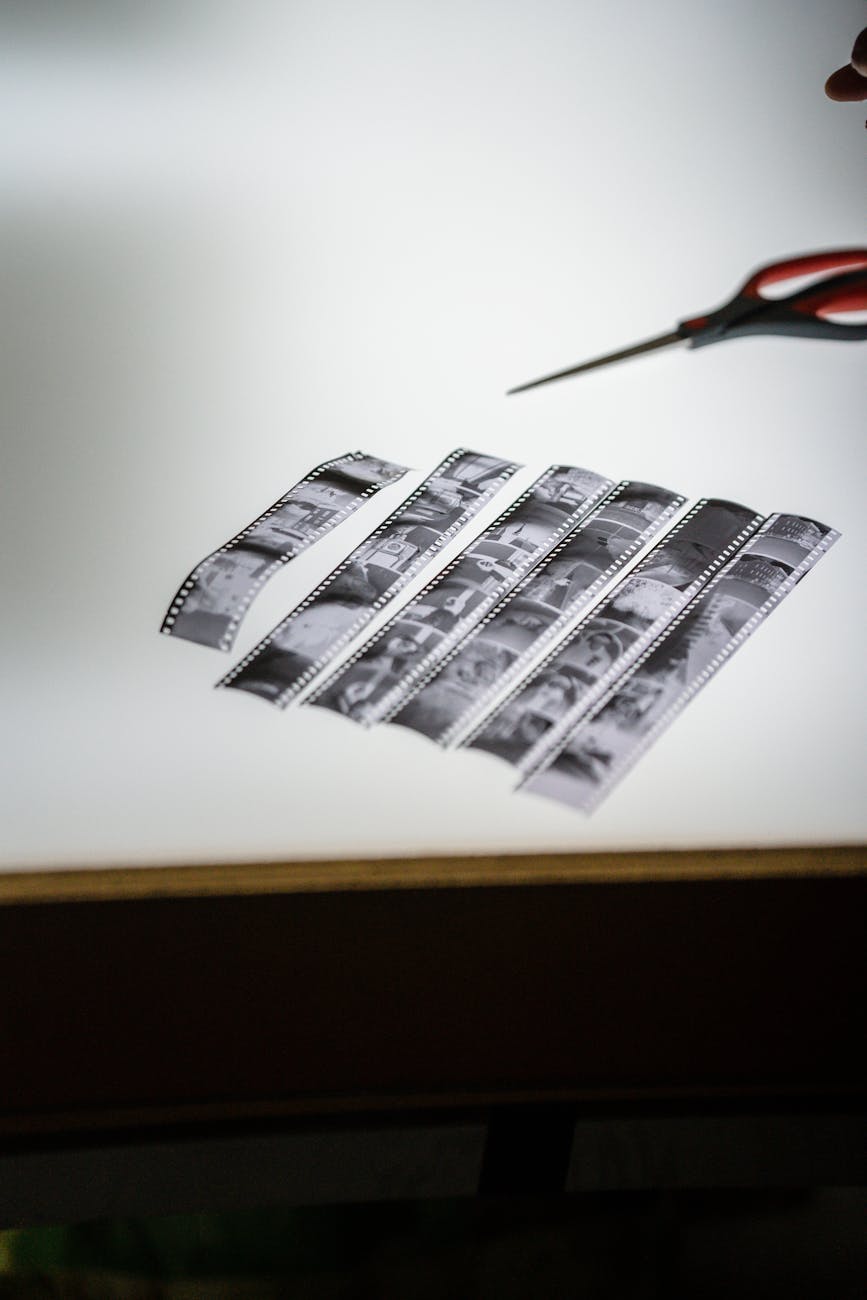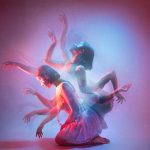Have you ever gazed at a photograph and thought, “Wow, how did they capture that mood?” Often, it’s not just the subject that steals the show; it’s the clever play of light and shadows that tells a story. Picture this: a sun-drenched street at dusk, where long, dramatic shadows stretch across cobblestones, creating a scene that feels alive. That’s the magic of manipulating light. Let’s dive into how this can transform your photography and maybe even your perspective on the world around you.
Firstly, think about the golden hour. You know, that magical time just after sunrise or before sunset? It’s like nature’s own spotlight. The soft, diffused light at this time can make even the most mundane objects look extraordinary. Imagine snapping a photo of a simple flower; in harsh midday sun, it might look flat and uninteresting. But during the golden hour? Those petals pop with warmth, and the shadows? Oh, they add depth! It’s as if the flower is saying, “Look at me! I’m beautiful!”
Now, let’s explore the concept of contrast. High contrast images, where light and dark areas coexist, can evoke strong emotions. Think about it: a silhouette against a sunset can be haunting. Maybe you’re capturing a friend dancing on a beach, backlit by the setting sun. Suddenly, it’s not just a photo; it’s a feeling—a moment frozen in time. This is where shadows become your best friend. They can create mystery and intrigue, pulling viewers into the narrative you’re weaving.
And speaking of weaving narratives, have you ever tried shadow play? You can literally create art with your hands in front of a light source. It’s playful and nostalgic, right? It’s like being a kid again! Experimenting with shadows can lead to some surprisingly artistic shots. Use everyday objects—like a potted plant or even your own hand—to cast interesting shapes and patterns on a wall. You’d be amazed at how something so simple can spark creativity.
- Experiment with angles: Sometimes, the best light is just a shift away.
- Use reflectors: A simple white board can bounce light and fill in shadows.
- Play with exposure settings: Don’t be afraid to underexpose for more dramatic effects.
- Find unusual light sources: Street lamps, neon signs, or even candlelight can create mood.
And hey, let’s not forget about the power of editing! With a little post-processing magic, you can enhance the interplay of light and shadow after the fact. A slight increase in contrast or adjusting the exposure can make a world of difference. Just remember, it’s easy to get carried away—subtlety is key. You want to enhance your image, not turn it into a neon nightmare!
So, the next time you grab your camera, take a moment to appreciate the light around you. It’s more than just a tool; it’s a partner in this creative dance. And shadows? They’re not just dark spaces; they’re opportunities waiting to be explored. Each click of the shutter is a chance to capture a fleeting moment, a whisper of light and shadow that tells a story. As you venture out with your camera, remember: the world is full of beauty just waiting for you to notice it.




Leave a Reply